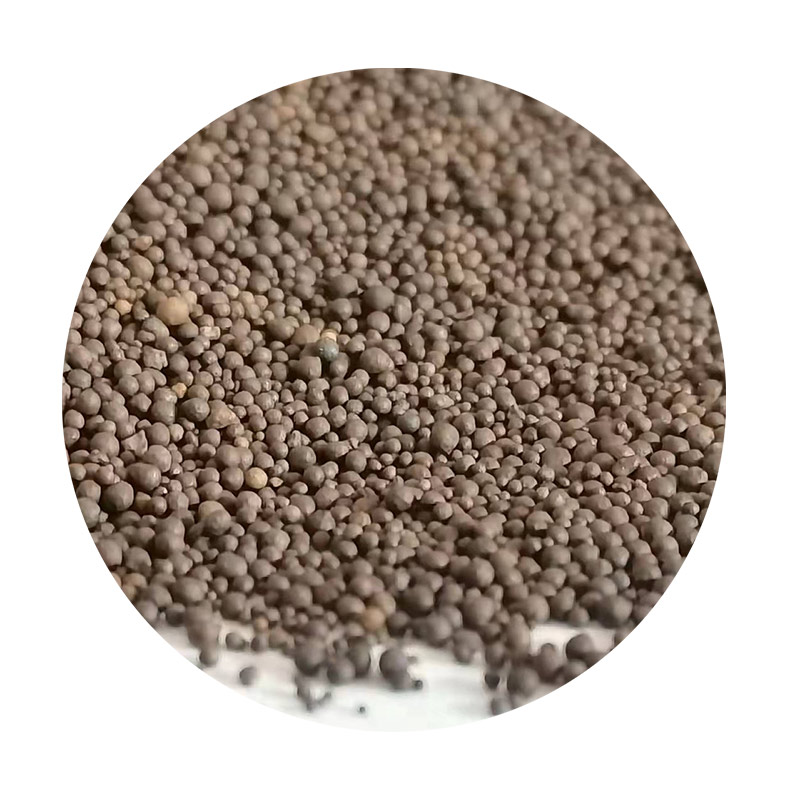The Art of Wet Sanding Resin A Comprehensive Guide
Wet sanding is a vital technique in the world of resin art and crafting. Whether you're working on a large casting or intricate details in smaller projects, mastering the art of wet sanding can significantly improve the finish and overall look of your piece. In this article, we'll explore what wet sanding is, its benefits, the tools required, and a step-by-step guide to help you achieve a flawless surface.
What is Wet Sanding?
Wet sanding is a process that involves sanding a surface with the aid of water or a lubricant. Unlike dry sanding, which can produce fine dust that clogs the sandpaper and can be harmful to breathe, wet sanding minimizes dust, helps keep the sandpaper clean, and provides a smoother finish. This technique is particularly beneficial when working with resin, as it allows for better control over the sanding process and enhances the clarity of the resin surface.
Benefits of Wet Sanding Resin
1. Smoother Finish Wet sanding can eliminate scratches and blemishes caused by the initial curing of the resin, resulting in a glass-like finish. 2. Enhanced Clarity This method allows for a more transparent and shiny surface, highlighting the colors and designs embedded in the resin. 3. Reduced Dust Water helps in controlling the dust generated during sanding, making it a cleaner and safer process. 4. Less Heat Buildup The use of water reduces friction, minimizing heat buildup that can damage the resin during dry sanding.
Tools and Materials Needed
1. Sandpaper Use a range of sandpaper grits (typically from 200 to 2000). Start with coarser grits for initial sanding and progressively move to finer grits. 2. Water or Lubricant Clean water is usually sufficient, but some may prefer special lubricants designed for sanding. 3. Sanding Block A sanding block helps maintain even pressure and a flat surface while sanding. 4. Bucket or Spray Bottle To keep your working area wet during the sanding process. 5. Microfiber Cloths For drying and cleaning your piece between sanding stages.
Step-by-Step Guide to Wet Sanding Resin
wet sanding resin

1. Preparation Before you begin, ensure that your resin piece is fully cured. This usually takes at least 24 hours, but check the manufacturer's guidelines for specific curing times.
2. Initial Sanding Start with coarser grit sandpaper (around 200-400 grit). Wet the surface and the sandpaper, then begin sanding in a circular motion. Keep the surface and paper wet throughout the process.
3. Progressing Grits Once you’ve removed visible imperfections, switch to finer grits (800-1200) and continue wet sanding. This will help to refine the surface further and prepare it for a polished finish.
4. Final Sanding Use the finest grit sandpaper (1500-2000) for the last sanding pass. At this stage, take care to use gentle pressure to avoid removing too much material.
5. Cleaning After sanding, rinse the piece with clean water to remove any residue, and use a microfiber cloth to carefully dry the surface.
6. Polishing For an added shine, you may use a resin polishing compound and a soft cloth or a polishing wheel. This step can elevate the look of your piece, making it truly stand out.
Conclusion
Wet sanding is an essential skill for anyone working with resin. By following the right techniques and utilizing the appropriate tools, you can achieve a stunning, professional-quality finish. With a little practice, wet sanding can transform your resin projects, allowing the beautiful colors and intricate designs to shine through like never before.
Post time:Aug . 13, 2024 08:52
Next:Quality Foundry Sand Available for Purchase at Competitive Prices for Your Casting Needs
